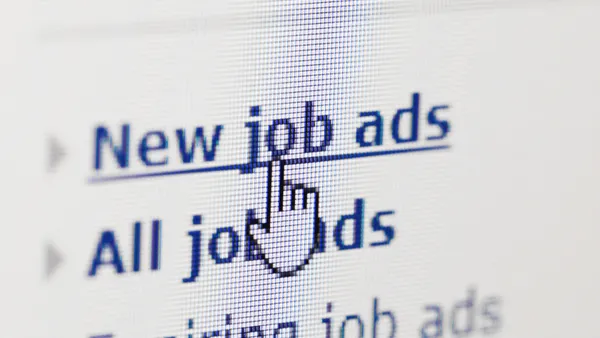Three years into the COVID-19 pandemic, companies are still trying to figure out how to configure work in a no-office or at least less-office world. Asynchronous work has come to the forefront, which allows employees to do their jobs based on their own schedules, locations and even time zones.
But it hasn’t been a perfect transition. “Most companies stumbled into this,” said Hollie Castro, chief people officer at Miro, a visual collaboration platform. It’s been a “a pretty big shift for a lot of companies, especially those outside of tech.”
Companies dedicated to giving their workers this kind of flexibility are trying to be more intentional about how they structure work, she added, rather than letting whatever solution they slapped together at the beginning of the pandemic stagger along — possibly losing employees along the way.
Here’s what to know about asynchronous work when it goes right, and signs that it’s going wrong.
The perks of being asynchronous
In a recent report, Miro surveyed 2,228 U.S.-based knowledge workers about their feelings on asynchronous work, and found it’s generally liked, with only 14% of workers wanting less asynchronous work.
They also found a host of plusses in asynchronous work’s column, with knowledge workers reporting that asynchronous work:
- Reduces level of burnout (61%).
- Provides greater flexibility (55%).
- Makes it easier to take breaks and recharge (42%).
- Is less stressful (39%).
Pandemic-related burnout is still an employee issue, said Castro, which is why these results are promising when it comes to asynchronous work as a way to help workers continue forward.
Miro also found that meetings aren’t seen as a negative thing with this kind of work style, and addressed concerns that workers will feel disconnected, and less creative, when not physically in the same space. In the survey, Miro found that 84% of workers felt that meetings bring people together and make them feel more connected with co-workers. Meetings also helped 79% of workers understand how they contribute to their company or organization. In addition, 74% said they felt engaged in meetings, and 66% said they felt inspired.
Where asynchronous work falls out of sync
The benefits of asynchronous work aren’t felt across the board, though. A barrage of requests coming from different people on different platforms at different times can stress out a worker, and affect their productivity, said Tom Medema, CEO of remote tech tool company Bubbles. A manager might ask a worker to “jump on a quick video call, ignoring what the other person might be doing at the time and requiring them to stop what they’re doing and switch context,” he said.
Miro found that 31% of Gen Z workers say asynchronous work adds to their feelings of burnout, which could indicate that those starting their professional lives may need more support.
Gender imbalances can also plague asynchronous work, with 79% of men and 70% of women reporting feeling engaged in meetings, and 72% of men and 61% of women feeling inspired during them. And while 70% of men say that they do their best brainstorming in meetings, only 58% of women say the same.
“If you’re seeing one population speak up more than another, and if you’re noticing there is a group that is constantly lost or not engaging, those are two big signals” that something is awry, said Castro.
Being the best in an asynchronous world
Making sure asynchronous work works starts with being intentional, said Castro, and not just trying to fix whatever work tools and structure were put in place during the start of the pandemic. That means setting expectations right at the start with onboarding, and constantly surveying workers to see what’s working and what’s not.
Medema said that management needs to lead the way in terms of making a healthy asynchronous work culture that benefits everyone, and respects their time and their need to do deep work.
“Leadership has to show that it’s OK if you say, ‘Great question, if you don’t mind I would love to finish this one quarterly report because it’s also really urgent,’” without the worker being punished, or told they need to prioritize whatever request is coming in, he said. “That ultimately helps move the needle for the company,” he said.
If turnover is high, that could be a sign that asynchronous work isn’t working out, said Castro. “If you have poor retention in your company, that’s a very data-driven way of knowing that something is wrong,” she said. And while asynchronous work may not be the only reason, it’s a factor to investigate.













